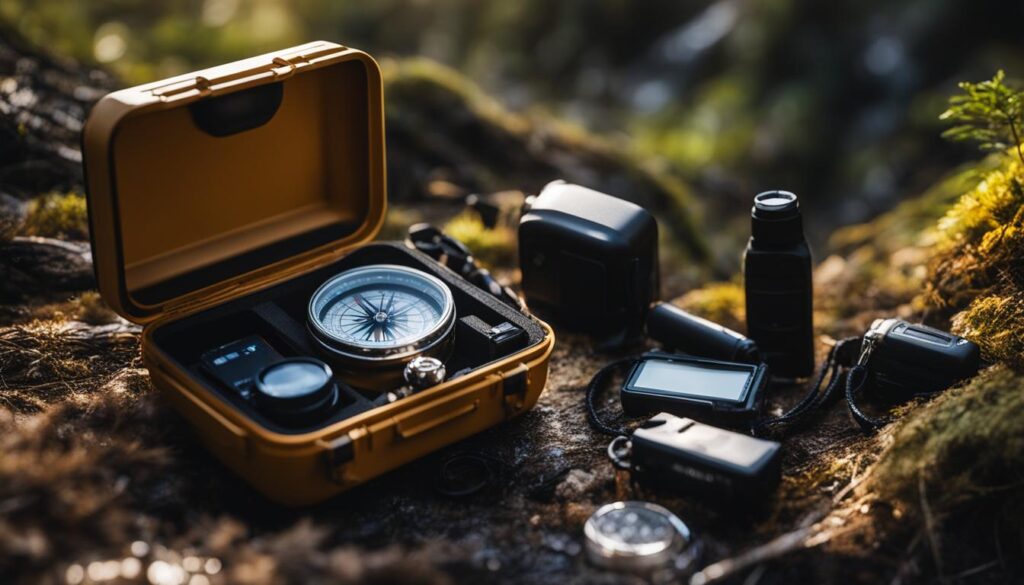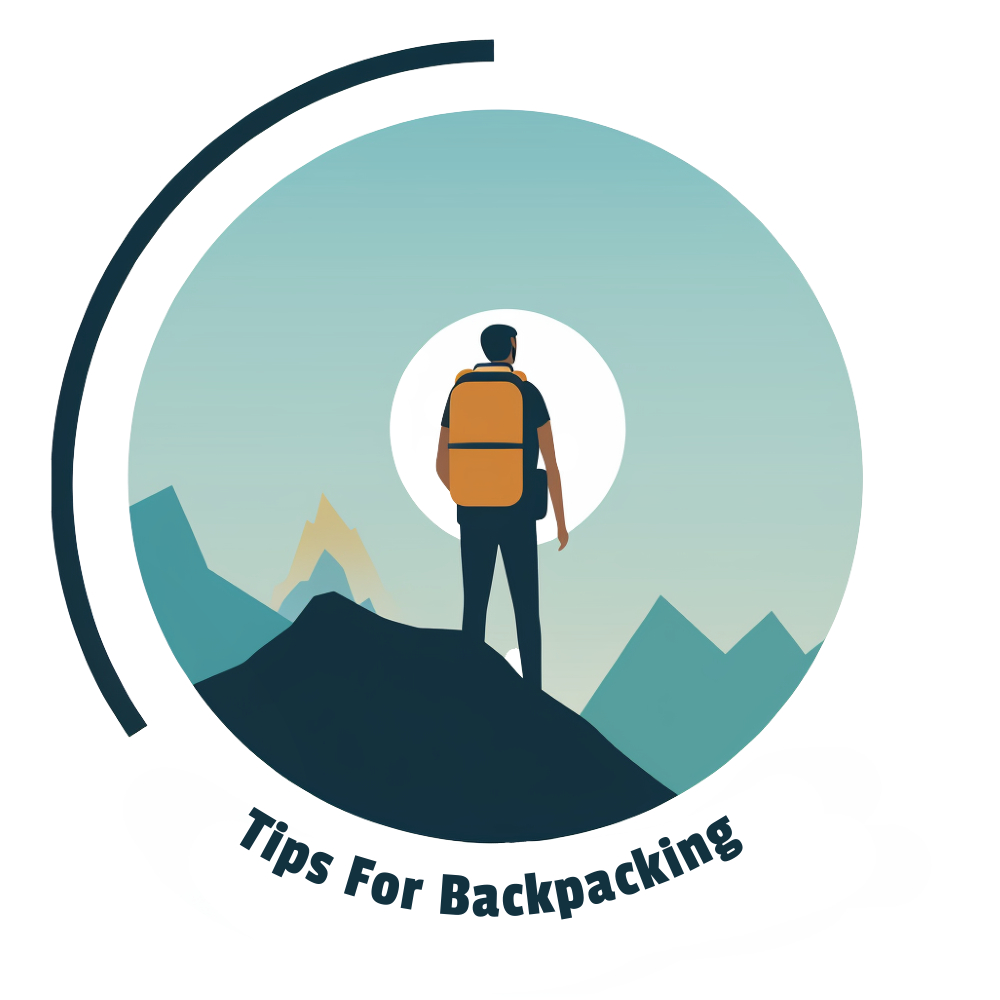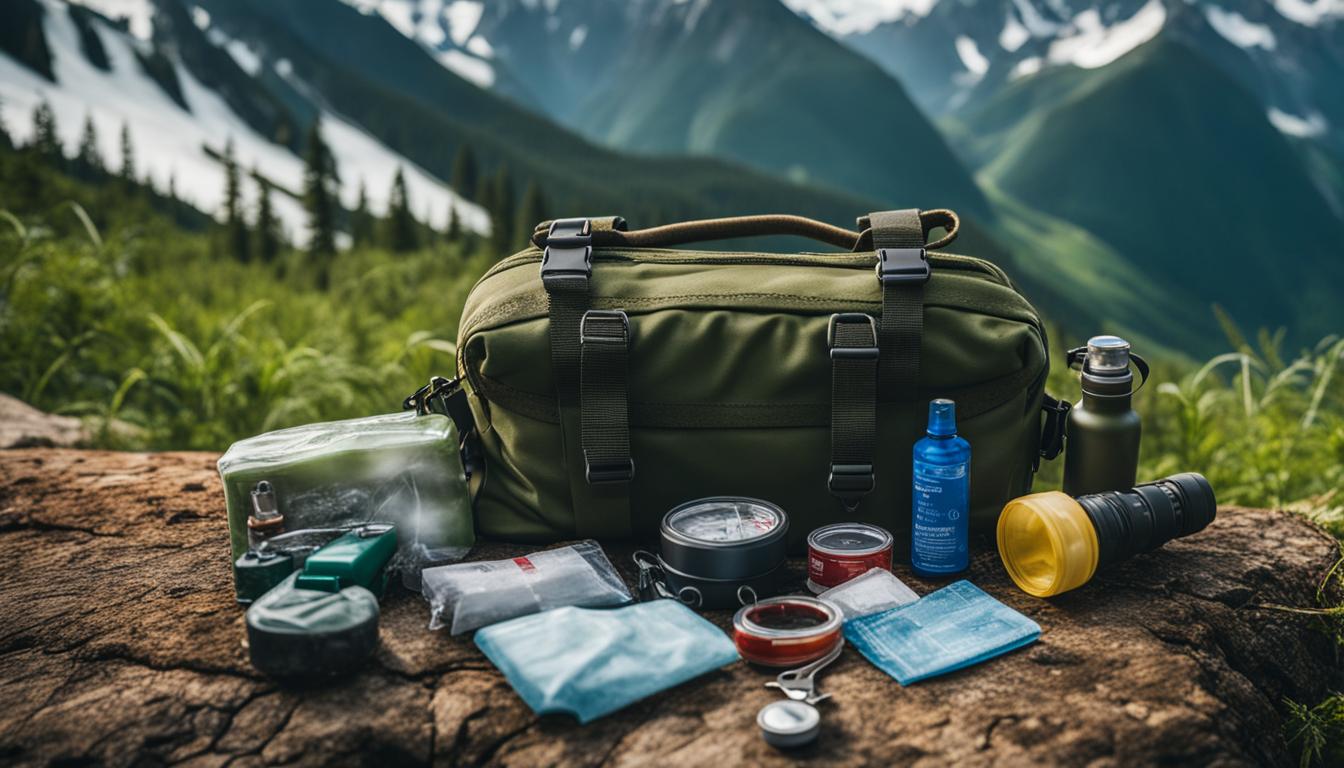When embarking on a backpacking journey, safety should always be a top priority. It’s essential to be prepared with the right gear and knowledge to ensure a safe and enjoyable trip. In this article, I will share some key safety must-haves for your backpacking adventure.
Key Takeaways:
- Pack essential safety gear for your backpacking journey.
- Ensure you have navigation and communication devices, such as a GPS, map, compass, and satellite messenger.
- Take extra precautions if backpacking alone, including planning ahead and practicing backcountry navigation.
- Always prioritize your safety by staying prepared and being aware of potential risks.
Essential Navigation and Communication Gear

When it comes to backpacking, having the right navigation and communication gear is crucial for a safe and successful journey. Whether you’re exploring unfamiliar terrain or venturing into remote areas, these essential items will help you stay on track and connected. Here are some must-haves:
GPS
Investing in a reliable GPS device is essential for accurate navigation. A GPS allows you to track your progress, mark waypoints, and follow pre-loaded maps. Make sure to choose a model with good battery life and user-friendly interface. Familiarize yourself with the device before your trip to ensure seamless navigation.
Map and Compass
While GPS devices offer convenience, carrying a map and compass is still essential. These traditional navigation tools don’t rely on batteries or signal, making them reliable backups. Learn how to read a map and use a compass to navigate effectively. Remember, practice makes perfect!
Satellite Messenger
In case of emergencies or unexpected situations, a satellite messenger can be a lifesaver. These devices allow you to send distress signals, communicate with rescue services, and provide your precise location – even in remote areas with no cell reception. Look for a satellite messenger with SOS capabilities and a subscription plan that suits your needs.
In conclusion, equipping yourself with the right navigation and communication gear is essential for a safe and enjoyable backpacking journey. A GPS device, map and compass, and a satellite messenger are all must-haves that can significantly enhance your outdoor experience. Remember to always prioritize safety and familiarize yourself with these tools before setting off on your adventure.
Safety Tips and Preparation for Backpacking Alone
Embarking on a solo backpacking adventure can be an incredibly rewarding experience, allowing you to immerse yourself in nature and challenge yourself both physically and mentally. However, it’s important to take extra precautions and plan carefully to ensure your safety throughout the journey.
Before setting out on your solo backpacking trip, it’s essential to thoroughly plan and prepare. Research your destination and familiarize yourself with the trail conditions, local regulations, and weather forecasts. Create a detailed itinerary and share it with a trusted friend or family member. This way, someone will know your whereabouts and can raise the alarm if you fail to check-in.
Pack Light, But Don’t Compromise on Safety
When backpacking alone, it’s important to strike a balance between packing light and carrying essential safety gear. Items such as a first aid kit, emergency shelter, multi-tool, headlamp, and a portable water filter should be included in your backpack. Additionally, carry enough food and water to sustain yourself in case of unexpected delays or emergencies.
Develop Backcountry Navigation Skills
Being able to navigate through the backcountry is crucial when backpacking alone. Make sure you have a reliable map and compass and know how to use them. Familiarize yourself with the topographic features of the area and practice using the map and compass in advance. It’s also wise to carry a GPS device as a backup, but do not solely rely on technology.
Establish Emergency Communication
Having a means of emergency communication is vital when backpacking alone. Invest in a personal locator beacon (PLB) or satellite messenger device that allows you to send distress signals and communicate with rescue services in remote areas. These devices can be a lifeline in case of emergencies or if you find yourself in need of assistance.
| Solo Backpacking Safety Tips | Backpacking Trip Planning | Backcountry Navigation | Emergency Communication |
|---|---|---|---|
|
|
|
|
What Are the Essential Safety Must-Haves for Backpacking?
When heading out on a backpacking adventure, it’s crucial to have the right backpacking safety gear essentials. These items include a first aid kit, emergency shelter, water purification system, navigation tools, and a multi-tool. These essentials can make a difference in protecting you from potential dangers in the great outdoors.
Conclusion
When it comes to backpacking, safety should always be my top priority. By equipping myself with the essential safety gear and following important safety tips, I can ensure a smooth and secure backpacking journey.
Having the right gear is crucial for backpacking safety. From navigation tools like GPS devices, maps, and compasses, to communication devices such as satellite messengers with SOS capabilities, each item plays a vital role in keeping me on track and connected, even in remote areas.
In addition to the gear, there are important safety tips to keep in mind, especially when backpacking alone. Planning ahead, honing my backcountry navigation skills, and ensuring proper emergency communication are key elements of backpacking safety. By taking these precautions, I can minimize risks and enjoy the solitude and adventure of solo backpacking.
So, as I embark on my next backpacking journey, I’ll remember to pack the essential safety gear, stay prepared, and always prioritize my well-being. Whether I’m heading into the wild alone or with a group, safety should never be compromised. With the right tools and knowledge, I can make my backpacking experience safer and more enjoyable.

